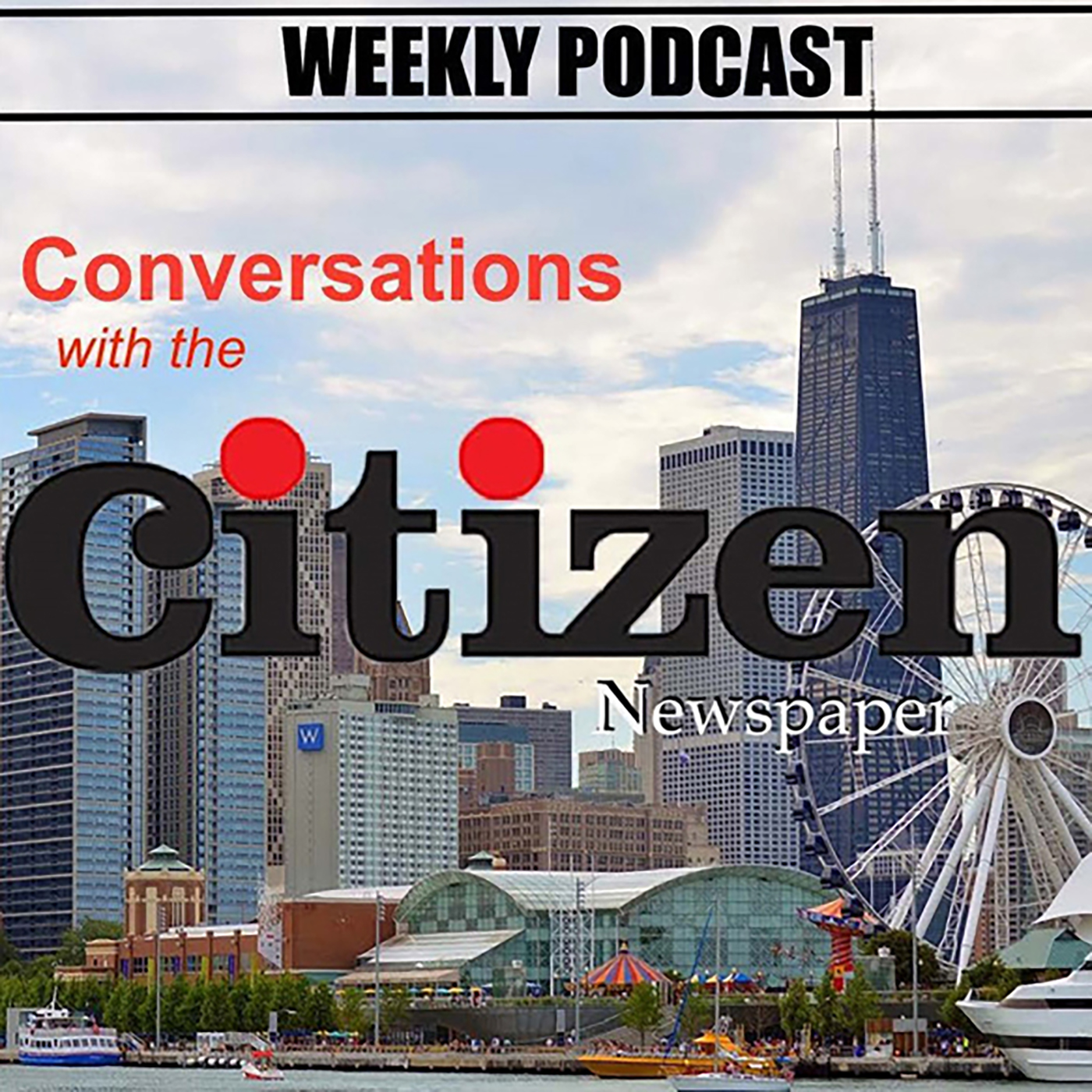Projects Aims For Racial Healing with Artistic Expression
Projects Aims For Racial Healing with Artistic Expression
By Tia Carol Jones
In Bronzeville, a group of young people from the Black and Asian American communities are having conversations about racial healing, with the goal to bridge the gap between the cultures. At the end of six weeks, the young people, along with two artists, will create an art project, one will be in Chinatown and the other will be located in Bronzeville.
The Racial Healing Collaborative is part of a project from the Love, Unity & Values (LUV) Institute in partnership with the Coalition for a Better Chinese American Community (CBCAC). During the conversations, the young people talked about stereotypes, biases, similarities and how the media depicts both cultures. The aim is to break down stereotypes, biases and to build relationships.
The conversations were facilitated by Damon Lamar Reed and Haye Rim Lee, two artists who have worked on projects with the LUV Institute previously. Both painted hearts for LUV Institute’s Parade of Hearts project. Reed also has worked on peace rooms with the LUV Institute and mosaic projects.
“A lot of our work with at-risk youth is focused on how to address our biases and heal from racial, familial and societal traumas,” Executive Director and Founder of the LUV Institute Cosette Nazon-Wilburn said in a release. “It’s an opportunity for young people from two communities that sit side-by-side but rarely interact with one another to create a way forward.”
Reed and Lee will be painting two 5-foot-tall heart sculptures that will go in Ping Tom Park and a location in Bronzeville. Reed’s heart sculpture will be based on the thoughts from the Asian young people and Lee’s sculpture will be based on thoughts from the Black young people.
“I’m trying to get some insight on Asian culture, some of the differences. A lot of times, creating an art piece is about gathering as much information as you can, then formatting it and regurgitating it to add some type of context and tell a story with it,” Reed said.
Reed, who has been a full-time artist for 24 years, has been working with the LUV Institute for years because he said his personal mission and the organization’s mission are aligned with one another. The LUV Institute’s vision to spread love and unity resonates with him.
Lee, who also goes by Rim Lee, wanted to be part of the project because she has always been interested in a coalition between Black and Asian people. As a South Side resident who also teaches at City Colleges of Chicago. Lee, who is South Korean, has always been interested in the dynamic between minority groups and creating safe spaces for them.
“Everybody is so insightful. We’ve been talking a lot about immigration stories from Asian, Asian American and even Black, which have been really compelling,” Lee said. It is her hope that projects like the Racial Healing Collaborative gain more visibility. She believes that while historically there has been coalition building between Black and Asian people, it doesn’t have as much visibility. She believes that coalition building is very meaningful.
Janelle Chan wanted to participate in the project because she wanted to meet other cultures and hear other perspectives. Living in Chicago, with so many different cultures, Chan wanted to learn more about other people. It has been interesting for her to learn about the experiences people from other cultures have, from immigration to living in Chicago, and the similarities. She said this project is a way to use art to show both communities how they are intertwined and while they have differences, they also have similarities.
Janyah Jenkins wanted to participate in the project because she is interested in learning more about racial healing and other cultures. Through the project, she learned there are common struggles and that skin tone is really the only difference.
“I feel like this project can bring us together and make our communities stronger,” she said.
For more information about the LUV Institute, visit www.luvinstitute.org.
Latest Stories
- Five Things We Learned About Alzheimer’s Disease in 2025
- It’s Better to Be Safe Than Sorry
- ComEd Working To Prepare A Grid For The Quantum Center Arrival
- Local Organization Provides Essentials To Those In Need
- Laboratory Scientist Boasts Being First Black Person in Illinois To Hold A Doctorate In Clinical Laboratory Science
Latest Podcast
Stacy Davis Gates

